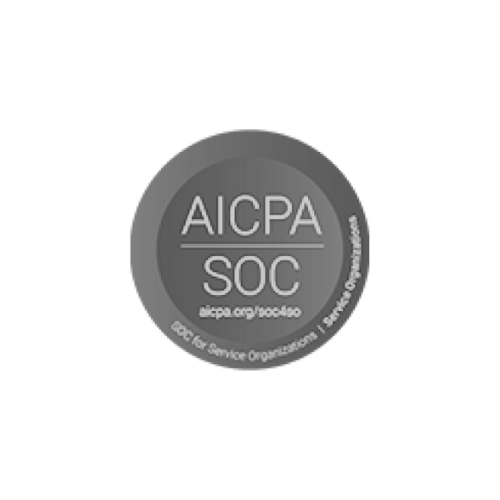A Workforce at a Crossroads
The construction industry is facing a serious workforce challenge. Across regions, experienced workers are aging out, and younger talent isn’t entering the field fast enough to replace them. It’s not just a labor shortage, it’s a shift that threatens productivity, quality, safety, and long-term growth.
For many firms, the real question has shifted from “Where do we find workers?” to “How do we build an organization where young talent wants to stay and thrive?” Addressing that question requires more than recruiting tactics, it demands cultural change, leadership commitment, and a shift in how the industry presents itself.
Why Younger Workers Are Hesitant to Join
Construction offers stability, visible impact, and strong career potential, but younger workers often see something else.
Limited career visibility is one of the biggest obstacles. Entry-level hires often see only the immediate job: physically demanding work, long hours, and little clarity on what comes next. Without a clear development path, many choose to leave early or never enter the industry at all.
An outdated industry image also plays a role. While construction has embraced advanced tools like drones, automation, and BIM software, that innovation isn’t always communicated externally. To many young candidates, construction still looks low-tech and old-fashioned compared to other industries.
Cultural disconnects can be just as damaging. Younger workers want purpose, inclusion, and the chance to contribute ideas early. An environment shaped by “pay your dues” attitudes or inflexible hierarchies risks pushing them away.
What Leading Firms Are Doing Differently
Some construction firms have started to address these barriers with smart, practical strategies, and they’re seeing results.
- Visible, structured career paths – Instead of vague promises about advancement, top firms are mapping out detailed role progressions. Whether someone starts as a laborer or assistant, they know what certifications, training, and experience they need to reach the next level. Communicating this clearly at hiring and onboarding is key.
- Early exposure to technology – Firms that market themselves as “modern” or “tech-forward” are backing it up by letting young workers engage with digital tools, not just observe from the sidelines. Whether it’s using drones for site monitoring, tablets for reporting, or virtual design tools, this hands-on access reinforces that the company is serious about innovation.
- Structured mentorship – Pairing younger hires with experienced mentors is one of the most effective ways to transfer knowledge and create belonging. It also gives veteran employees a meaningful role in shaping the next generation.
- Practical flexibility – While construction roles can’t be done remotely, some companies are improving schedule predictability, offering shift rotations, or providing occasional time-off flexibility. Small changes here can have an outsized impact on loyalty.
The Role of HR and Site Leadership
What sets successful companies apart isn’t just policy, it’s execution, especially at the frontline.
Site supervisors play a critical role in shaping the everyday work experience. Many younger workers say the quality of their manager, not just their pay, determines whether they stay or leave.
HR teams can support this by:
- Training supervisors in people management, not just project oversight.
- Equipping leaders with tools for regular feedback and coaching.
- Encouraging recognition and constructive feedback, especially in mixed-generation crews.
Inclusion and Diversity as Competitive Advantages
The construction sector has long struggled with diversity, especially in field roles. Firms that expand their hiring reach and foster inclusion are not only doing the right thing, they’re strengthening their talent pipeline.
Practical moves include:
- Partnering with local organizations to recruit women, minority candidates, and underrepresented groups.
- Providing targeted training and development programs to help nontraditional hires succeed.
- Building visible pathways for advancement, so all employees see themselves reflected in leadership.
Balancing Urgency and Sustainability
Of course, this shift isn’t easy. Firms must manage:
- The immediate need for skilled workers on current projects.
- The long-term investment in training and culture change.
- The realities of tight margins and demanding project timelines.
Shortcuts are tempting, but they come at a cost. Companies that focus solely on short-term recruitment often face higher turnover, disengagement, and reputational risk. Those investing in sustainable talent strategies are better positioned for the decade ahead.
Operational Tensions to Watch
Even well-intentioned efforts can hit roadblocks. HR and leadership teams should pay attention to:
- Generational friction: Longtime employees may view new hires as entitled, while younger workers may see veteran crews as resistant to change.
- Training bottlenecks: Without structured onboarding and upskilling, new employees can struggle to get up to speed.
- Retention blind spots: Tracking turnover patterns by site, supervisor, and role can surface where the real problems are.
These aren’t easy problems, but they’re solvable with cross-functional commitment.
Rebranding Construction from the Inside Out
Many firms focus on external marketing to change perceptions – social media campaigns, recruitment fairs, or polished videos. But the most credible rebranding starts on the inside.
When companies:
- Offer meaningful work
- Support growth
- Respect people’s contributions
- And equip leaders to manage well
They create workplaces that younger workers want to be part of, and word spreads.
Final Thought
Construction has always been about building, not just roads, bridges, and skylines, but careers, communities, and futures. As the industry navigates a generational transition, companies that invest in the next wave of talent aren’t just solving a hiring problem. They’re ensuring their resilience, reputation, and long-term success.
At AMS Inform, we understand the complexity of workforce transformation. We help companies across industries strengthen their people strategies with solutions that balance risk, trust, and growth. Because building a stronger future starts with building the right team.
















